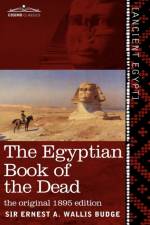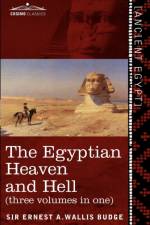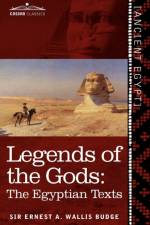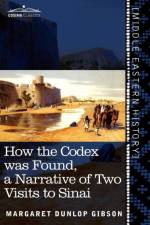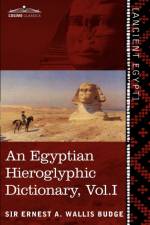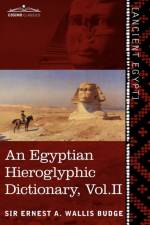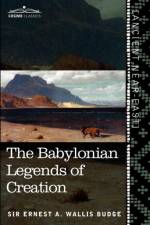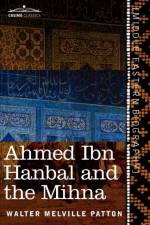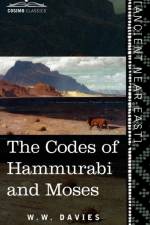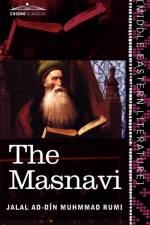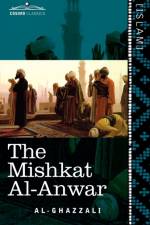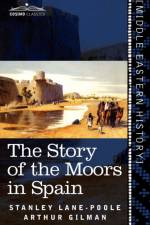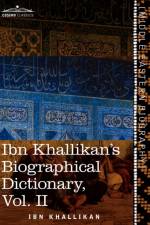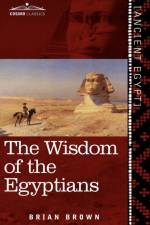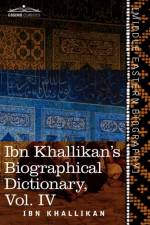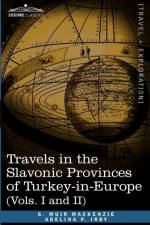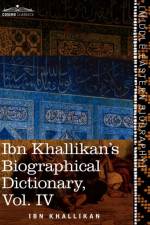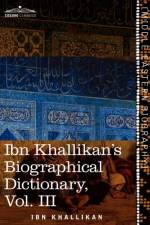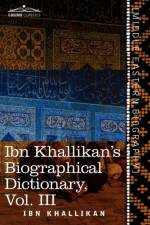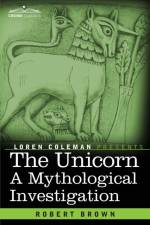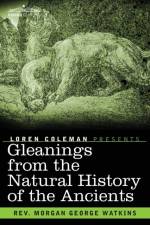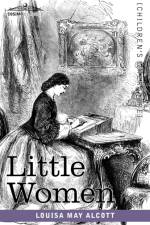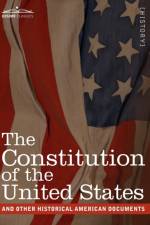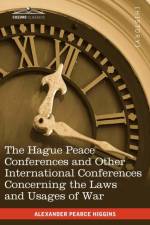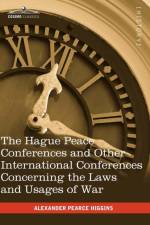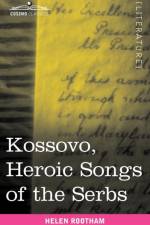- Including the Declaration of Independence, the Articles of Confederatio
305,-
Presented here for the first time in one volume are the three founding documents of the United States and another that altered and divided the Union for a brief moment in history.¿ Declaration of Independence: Adopted by the Second Continental Congress on July 4, 1776, this may be the most famous angry letter in history. Written by Thomas Jefferson and addressed to King George III of England, it lays out the grievances of the king's 13 colonies in North America, and announces that those colonies were now free of English rule. By 1783, after a long, bloody, and expensive war, that freedom became a reality.¿ Articles of Confederation: Soon after independence from England was declared, the Second Continental Congress instituted this first organizing document of the new United States, which was ratified in March 1781. A compromise between those delegates who wanted a strong central government and those who demanded that the states be sovereign, its shortcomings became obvious during the war--such as the fact that the central government had no power to collect taxes or even to enforce requests for funds from the states, which led to a perpetually underfunded revolution against England.¿ United States Constitution: This document replaced the Articles of Confederation on June 21, 1788. One of the most influential works of political philosophy and practicality ever written, it is the oldest national constitution still in use today, and continues to inspire freedom-loving peoples around the world. Its three-pronged system of government--balancing power among legislative, judicial, and executive branches--was groundbreaking. But it failed to address one issue, slavery, that would come to a head a century later.¿ Constitution of the Confederate States: This 1861 document organized the new nation created by the seceding slave states. While quite similar in many ways to the U.S. Constitution, it includes more references to God and religion and more emphasis on state sovereignty, offers specific clauses that seek to limit the influence of big business on politics, and codifies the right to own "negro slaves."Together, these four documents offer a firsthand perspective on the political history of the United States.


